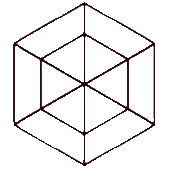TEXTUAL HOLOGRAM: PRESENTATION
How does one turn the slightly narcissistic editorial exercise of self-anthologizing into a potentially productive experiment? The beginning of the answer lies in drilling. Perforating. Extracting. It is a matter of fracking, really. The congealed blocks of textual memory—a dozen pieces written over a period of 20 years in various editorial contexts—need to be exploded, filtered and reassembled anew. And it is easier said than done, because texts are not readily turned into tiny blocks of available material: they bear too much thought, too much intention. They stick. Sometimes their texture appears so dense, so tightly woven that they offer no grip and resist any attempt at splitting them. They will not be cut out.
This, by the way, has nothing to do with the kind of resistance encountered by the author’s ego when the editor asks him to slice through a freshly written text in order to remove the “fat” surplus. Texts have a life of their own. It is as if, left to themselves, they somehow crystallised over the years. Now some appear as hard as shatterproof glass.
Ideally, the task should be automated. It should be left to deep learning machines… Doing it by hand proved rather arduous. I used a rather coarse principle of selection, looking for minimally consistent passages that still resonated with me because they managed to harness and convey an intuition, or presented themselves as blueprints for the construction of some concept.
Once a few chunks were thus extracted, the question remained: how to present them? I was guided by the vague notion of a personal ABC. It seemed like a convenient ordering scheme. It didn’t quite turn out that way, and I found myself instead dealing with a seemingly random list of concepts, ranging from “Nexus” to “Subliminal time”, reflecting certain of my personal—and at times rather obsessive—interests and pursuits, with no particular regard for their position in the alphabetic order. This motley could easily be fitted in a 50 pages Word document. Naturally, such a document is perfectly unreadable as it is: no sense of linear continuity can emerge from such a rough sampling procedure. It seemed to me that the only way to bring a second life to these fragments of dismembered texts was to articulate them in the form of a diagram in the n-dimensional space of “Negentropic Fields”, allowing for a wealth of connections and associations between them. The linear ABC structure cannot possibly survive such a treatment, but then who cares about the alphabet? Ideally, my contribution, plotted in virtual space, would end up entirely vaporised into erring bits, loosely connected by multidirectional hyperlinks. Instead of contributing in the form of a single text with a unified overall argument, a diagrammatic rendering would exhibit a multi-faceted crystal of theory—a textual hologram of sorts. That was the plan.
Perhaps the “blocks” presented here are still too hefty for this. I suspect they may end up looking more like clumsy monoliths lost in editorial space. Yet whatever the result, and regardless of the interest readers may take in these dispersed fragments, the experiment itself is worth reflecting upon. This way of manipulating texts—drilling through them, as it is, rather than editing them, presenting their assemblage as part of an exhibition rather than publishing them in the traditional format of a catalog or online essay—connects with certain issues which I believe intersect the general project of “Negentropic Fields”, namely: the articulation between personal / impersonal memory in the archive form, the possibility of turning thought into object and/or performance, textual data into virtual metadata (pointing to the invisible, missing texts and contexts), all this of course messing up a bit with the traditional forms of authorship and control, while conveying the sense that audience/readership may itself be an emergent form.
January, 2021
Links
︎ web.site ︎ @instagram ︎ @twitter
From the same writer
T.00_ED_TEXTUAL HOLOGRAM: PRESENTATION T.01_ED_FOLDS AND PIXELS T.02_ED_DIGITAL SUBLIME T.03_ED_MATHEMATICAL SUBLIME T.04_ED_IMMANENT SUBLIME T.05_ED_NEXUS T.06_ED_KINKED CLASSICISM T.07_ED_LOOSE COEXISTENCE T.08_ED_FLOATING TIME T.09_ED_FLOATING SPACE T.10_ED_RETRO-FUTURES T.11_ED_EXITING VIRTUAL REALITY T.12_ED_BULLET TIME T.13_ED_GHOST TIME T.14_ED_SUBLIMINAL TIME T.15_ED_DIAGRAMS OF COEXISTENCE T.16_ED_VOLUME-IMAGE T.17_ED_VERTICAL TIME T.18_ED_TURNING MOVEMENTS T.19_ED_SUPERTIME T.20_ED_PROTOTYPE T.21_ED_ZERO-G ARCHITECTURE T.22_ED_SHOCK SPACE T.23_ED_TRANSPARENCY






